UX for Federal Government Websites
User Experience (UX) is a critical role that plays in shaping the effectiveness of government websites. Oftentimes UX is listed as a requirement line item and buzz word. But do you really understand how UX for federal government websites is an integral part of communication between sources of authority and the public?
When UX is implemented correctly, it positively affects the availability of information to the public and to internal users. It promotes findability, understanding, credibility, and resourcefulness. It solves problems, fights false information, updates impressions, and demystifies government for the American public.
The Need for Information and Its Challenges
Many users appreciate the convenience of accessing information and services online, but the experience can be hindered by issues such as complex navigation, outdated designs, and confusing terminology. A significant challenge is ensuring that government websites are user-friendly for a diverse audience with varying levels of digital literacy. Those who have disabilities or lack computer literacy struggle to find the information they need while navigating through complex processes, leading to feelings of alienation and inefficiency.
Excellent UX on federal government websites can foster transparency, trust, and credibility—qualities that are paramount in the public sector. Sound design decisions ultimately provide a sense of trust and confidence to the American public. Citizens rely on these platforms to access essential services and accurate information, particularly during times of crisis or when seeking updates on policy changes. A positive experience fosters trust in the government’s ability to deliver efficiently and serve the public effectively.
Federal Government Websites are Changing
There have been notable improvements in recent years as some government agencies prioritize enhancing user experiences. Modern government websites offer cleaner and more intuitive designs, streamlined navigation, and clear language that’s accessible to the general public. Improved search functionalities and the use of interactive elements can significantly enhance the user experience by helping visitors quickly locate the information or services they’re seeking. Some government websites have also started incorporating personalized features that remember user preferences and offer tailored content, mirroring the kind of experiences users have come to expect from the private sector.
We Have UX Solutions for Federal Government Websites
To design user-friendly federal government websites, CTAC evangelizes a user-centric approach. This is more than just ‘look-and-feel’. This involves conducting thorough user research to understand the needs and preferences of different user types, simplifying complex processes, using plain language, and organizing content in a logical and intuitive manner. UX goes hand-in-hand with development as it helps reduce noise and elevate important tasks. Our dedication to user-centered design further solidify our commitment to crafting government websites that truly serve and engage citizens effectively. We believe in a solid customer experience both in our work and our relationships.
In future postings, we’ll talk about the practices and principles we follow that offer research-backed documentable reasons for our solutions. We help our customers understand our design decisions, make educated contributions, and share the reasoning to other stakeholders. Keep an eye out for more content on how we integrate UX practices into our project planning and solutions.




